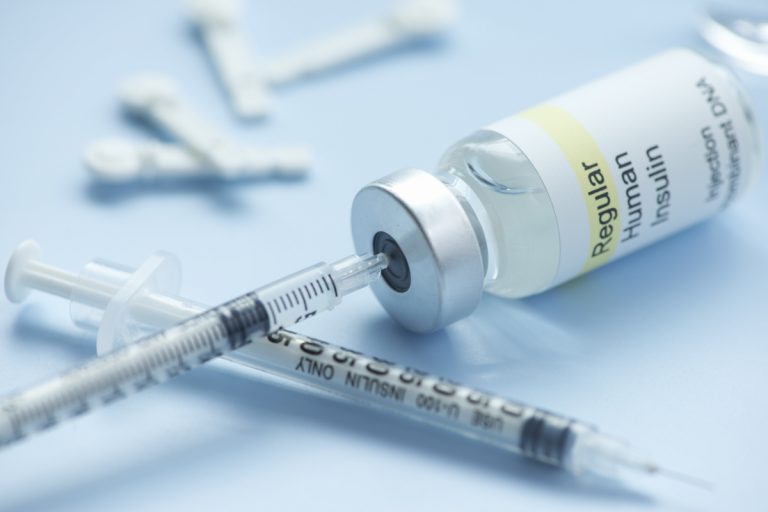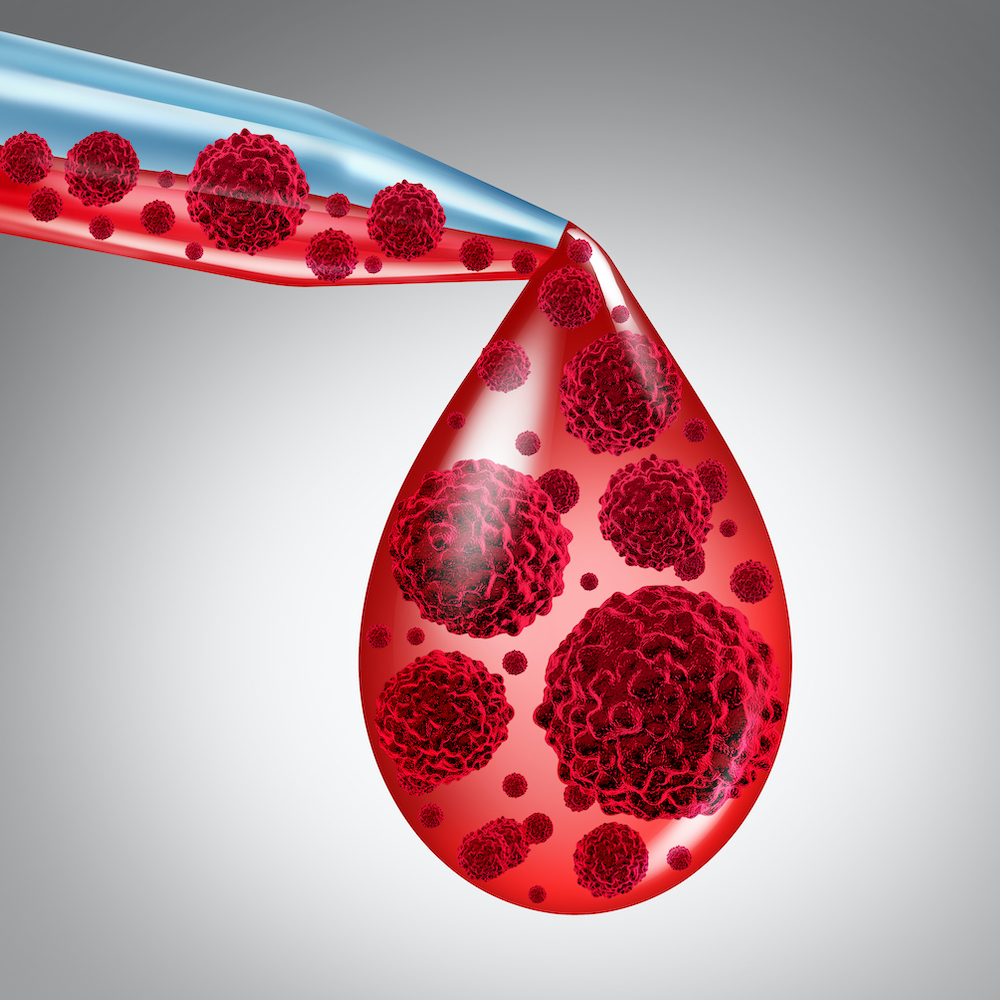A shifting glucose peak time may serve as an indicator for evaluating hypoglycemic drugs in patients with type 2 diabetes, according to a study published in Diabetes Therapy.
In this study, researchers collated and analyzed data from 100 patients with diabetes who completed two oral glucose tolerance tests within six months. Of the population of interest, 37 patients with type 2 diabetes were treated with Humalog Mix25, 28 patients with oral anti-diabetes drugs (OADs; metformin, acarbose, and gliclazide), and 35 patients with exenatide.
According to the results, glycated hemoglobin improved in all three groups following treatment, with subcutaneous adipose tissue and visceral adipose tissue notably reduced in the exenatide group. Also, the results showed that insulinogenic index (IGI) and IGI × oral glucose insulin sensitivity improved in the exenatide group only (P = 0.01). Moreover, the researchers observed a shift to an earlier peak was in 57.1%, 35.7%, and 27.0% of patients in the exenatide, OAD, and Humalog Mix25 groups, respectively.
“Exenatide, Humalog Mix25, and OADs improved glycemic metabolism. However, exenatide exhibited superior efficacy in shifting blood glucose peak time to an earlier point, while it improved insulin secretion and insulin sensitivity,” the researchers concluded. “Hence, the shift of glucose peak time may be considered an indicator for the evaluation of the effect of hypoglycemic drugs.”
Keywords: Exenatide; Glucose peak time; Hypoglycemic agents; Oral glucose tolerance test; Type 2 diabetes.









